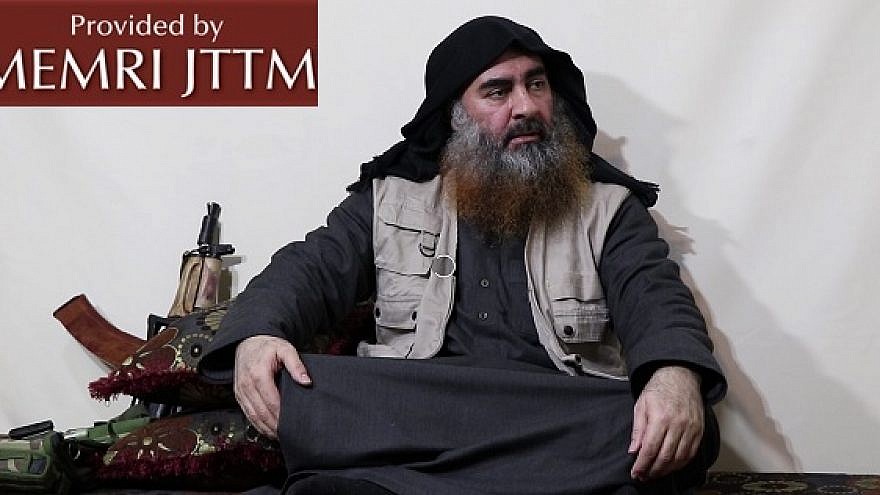Abu Bakr al-Baghdadi, the 48-year-old leader of the Islamic State (ISIS), was targeted by the U.S. military in Syria last week, according to unnamed U.S. defense sources, and is believed to have been killed.
News of the raid, which reportedly involved ground forces supported by helicopter gunships, was first broken by Newsweek, after which two Iranian officials told Reuters that Tehran had been informed by Syrian sources that al-Baghdadi had been killed.
According to Newsweek, which cited unnamed U.S. defense sources, the secret mission was approved by Trump nearly a week ago and executed by a Joint Special Operations Command team.
Also Saturday night, the Associated Press reported that al-Baghdadi was targeted in a U.S. operation in Syria’s Idlib province and was killed in an explosion.
The Syrian Observatory for Human Rights, a U.K.-based Syria war monitor, said nine people were killed in the operation.
U.S. President Donald Trump took to Twitter on Saturday night with the cryptic message that “Something very big has just happened!” A White House spokesperson said Trump would make a “major announcement” on Sunday at 9 a.m. EDT.
Since 2016, al-Baghdadi has been marked with a $25 million bounty by the U.S. State Department.
Al-Baghdadi has led ISIS for the past five years, during which time there have been multiple announcements of the terrorist leader being killed or injured.
Al-Baghdadi presided over the extremist Islamic organization during a period in which it publicized gruesome and explicit videos of beheadings and immolations of the enemies of what they dubbed the “Islamic caliphate.”
Al-Baghdadi moved away from Al-Qaeda-style large-scale attacks in favor of smaller ones, either within the caliphate or wherever they were located. A shooting massacre at a holiday party in San Bernardino, Calif., in 2015 is attributed to a couple who pledged allegiance to ISIS.
Al-Baghdadi’s last audio recording called on ISIS members to use all means to attain the releases of ISIS soldiers and women held in jails and camps.
His last—and only—public appearance took place in 2014, when he appeared at the Great Mosque of al-Nuri in Mosul, where he urged Muslims worldwide to swear their allegiance to the caliphate and look up to him as a leader.
“It is a burden to accept this responsibility to be in charge of you,” he said in the video. “I am not better than you or more virtuous than you. If you see me on the right path, help me. If you see me on the wrong path, advise me and halt me. And obey me as far as I obey God.”
Al-Baghdadi was born Ibrahim Awwad Ibrahim Ali al-Badri al-Samarrai in 1971 in Samarra, Iraq, and was detained by U.S. forces in February 2004, after which time he joined Abu Musab al-Zarqawi’s Al-Qaeda branch in Iraq. He later came to head up the group, which was then called the Islamic State of Iraq.
Al-Baghdadi began jockeying for worldwide Islamic caliphate after Syria’s civil war erupted in 2011, but Al-Qaeda’s central leadership broke with al-Baghdadi.
However, fighters loyal to him continued fighting, capturing a stretch of territory across Iraq and Syria, announcing a caliphate governed by the most extreme interpretations of Islamic law in June 2014 and declaring al-Baghdadi the caliph.
In August 2019, Al-Baghdadi nominated Iraqi Abdullah Qardash—a former officer in the army of Iraqi president Saddam Hussein who rose up in the ISIS ranks—as his successor in leading the terrorist organization.

























